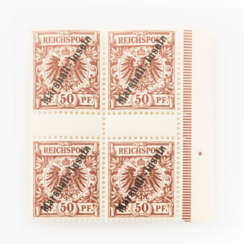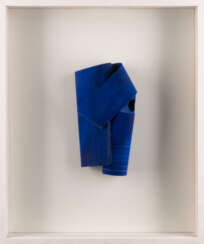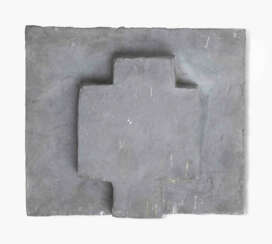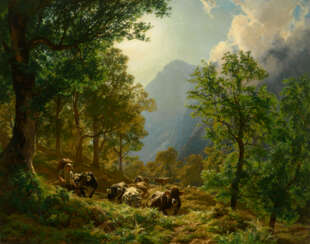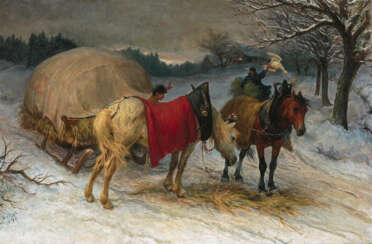zöller

Franz Anton Zeiller was an Austrian artist who worked in the Rococo style. He did church paintings and frescoes.


Mehmet Güleryüz is a Turkish artist, writer and theatre designer.


Y. Z. Kami, born Kamran Youssefzadeh is an Iranian-American artist based in New York City.
Kami's large-scale portraits, painted in oil on linen, recreate the visceral experience of a face-to-face encounter. Through a matte, uniform haze, he depicts his subjects with eyes open or closed, gazing forward or looking down. In this way, drawing inspiration from a wide range of philosophical, literary, and religious texts, Kami continues the art historical quest to locate the unknown within material form. He explores these themes not only in his paintings, but also in photographs, collage works, editioned prints, and site-specific, sculptural installations. It was his large-scale portraits that first gained him acclaim from the international art world, leading to receptions of his artworks in various important museum exhibitions and biennials.

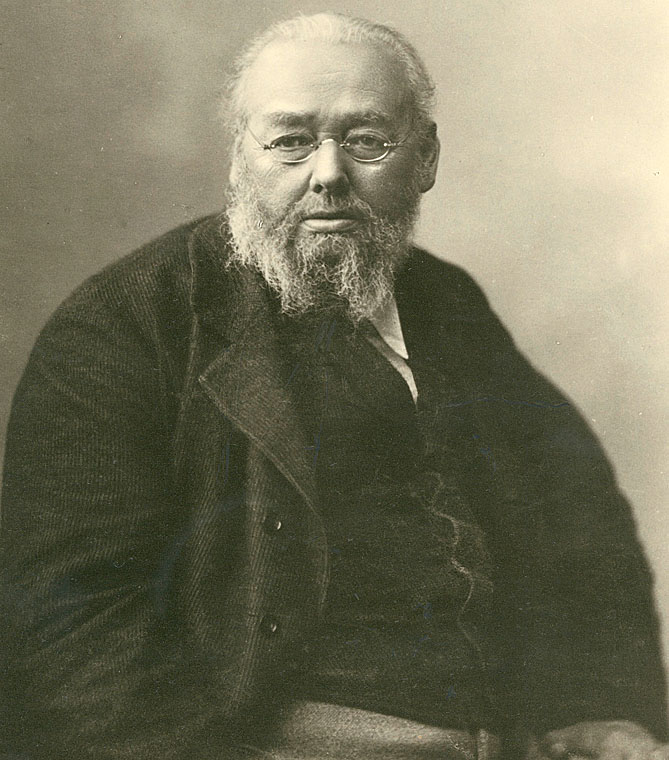
Rudolf Koller was a Swiss painter. He is associated with a realist and classicist style, and also with the essentially romantic Düsseldorf school of painting. Koller's style is similar to that of the realist painters Gustave Courbet and Jean-Baptiste-Camille Corot. Considered Switzerland's finest animal painter, Koller is rated alongside George Stubbs, Rosa Bonheur and Théodore Géricault. While his reputation was based on his paintings of animals, he was a sensitive and innovative artist whose well-composed works in the "plein air" tradition, including Swiss mountain landscapes, are just as finely executed.
He has been described as "the painter of the Swiss national animal", because of his paintings of cows in Swiss landscapes. He is considered, along with Frank Buchser and Gustave Eugène Castan, to be one of the most important Swiss painters of the 19th century. The Gotthardpost, or The St Gotthard Mailcoach, is one of his most famous paintings. It depicts a mail coach, drawn by white horses, speeding along a mountain road.




Rudolf Koller was a Swiss painter. He is associated with a realist and classicist style, and also with the essentially romantic Düsseldorf school of painting. Koller's style is similar to that of the realist painters Gustave Courbet and Jean-Baptiste-Camille Corot. Considered Switzerland's finest animal painter, Koller is rated alongside George Stubbs, Rosa Bonheur and Théodore Géricault. While his reputation was based on his paintings of animals, he was a sensitive and innovative artist whose well-composed works in the "plein air" tradition, including Swiss mountain landscapes, are just as finely executed.
He has been described as "the painter of the Swiss national animal", because of his paintings of cows in Swiss landscapes. He is considered, along with Frank Buchser and Gustave Eugène Castan, to be one of the most important Swiss painters of the 19th century. The Gotthardpost, or The St Gotthard Mailcoach, is one of his most famous paintings. It depicts a mail coach, drawn by white horses, speeding along a mountain road.


Rudolf Koller was a Swiss painter. He is associated with a realist and classicist style, and also with the essentially romantic Düsseldorf school of painting. Koller's style is similar to that of the realist painters Gustave Courbet and Jean-Baptiste-Camille Corot. Considered Switzerland's finest animal painter, Koller is rated alongside George Stubbs, Rosa Bonheur and Théodore Géricault. While his reputation was based on his paintings of animals, he was a sensitive and innovative artist whose well-composed works in the "plein air" tradition, including Swiss mountain landscapes, are just as finely executed.
He has been described as "the painter of the Swiss national animal", because of his paintings of cows in Swiss landscapes. He is considered, along with Frank Buchser and Gustave Eugène Castan, to be one of the most important Swiss painters of the 19th century. The Gotthardpost, or The St Gotthard Mailcoach, is one of his most famous paintings. It depicts a mail coach, drawn by white horses, speeding along a mountain road.


Rudolf Koller was a Swiss painter. He is associated with a realist and classicist style, and also with the essentially romantic Düsseldorf school of painting. Koller's style is similar to that of the realist painters Gustave Courbet and Jean-Baptiste-Camille Corot. Considered Switzerland's finest animal painter, Koller is rated alongside George Stubbs, Rosa Bonheur and Théodore Géricault. While his reputation was based on his paintings of animals, he was a sensitive and innovative artist whose well-composed works in the "plein air" tradition, including Swiss mountain landscapes, are just as finely executed.
He has been described as "the painter of the Swiss national animal", because of his paintings of cows in Swiss landscapes. He is considered, along with Frank Buchser and Gustave Eugène Castan, to be one of the most important Swiss painters of the 19th century. The Gotthardpost, or The St Gotthard Mailcoach, is one of his most famous paintings. It depicts a mail coach, drawn by white horses, speeding along a mountain road.


Rudolf Koller was a Swiss painter. He is associated with a realist and classicist style, and also with the essentially romantic Düsseldorf school of painting. Koller's style is similar to that of the realist painters Gustave Courbet and Jean-Baptiste-Camille Corot. Considered Switzerland's finest animal painter, Koller is rated alongside George Stubbs, Rosa Bonheur and Théodore Géricault. While his reputation was based on his paintings of animals, he was a sensitive and innovative artist whose well-composed works in the "plein air" tradition, including Swiss mountain landscapes, are just as finely executed.
He has been described as "the painter of the Swiss national animal", because of his paintings of cows in Swiss landscapes. He is considered, along with Frank Buchser and Gustave Eugène Castan, to be one of the most important Swiss painters of the 19th century. The Gotthardpost, or The St Gotthard Mailcoach, is one of his most famous paintings. It depicts a mail coach, drawn by white horses, speeding along a mountain road.


José Jesús Francisco Zúñiga Chavarría was a Costa Rican-born Mexican artist, known both for his painting and his sculpture. Journalist Fernando González Gortázar lists Zúñiga as one of the 100 most notable Mexicans of the 20th century, while the Encyclopædia Britannica calls him "perhaps the best sculptor" of the Mexican political modern style.


Heinrich Johann von Zügel was a German painter of the late nineteenth century and the first half of the twentieth century. He is known as a painter who specialized in depicting farm animals in dramatic and humorous situations.
Von Zügel invested more than 40 years in the subject of "Hard Labor," depicting mostly the work of oxen. By creating 24 versions of this subject, the artist demonstrated the evolution of his skill from realistic detailing to cubic and monumental interpretation. Von Zügel also created light impressionist paintings, including a self-portrait at the age of 77. In addition to animals, he also painted portraits and cityscapes.


Albert von Keller was a German painter of Swiss ancestry, best known for his indoor scenes and portraits featuring female figures. Born on April 27, 1844, in Gais, Switzerland, he began his career by studying law at Ludwig Maximilian University, but his passion for art led him to the Academy of Fine Arts in Munich. His art journey took him through France and Italy, honing his style through various studio experiences.
Von Keller is recognized for his portraits depicting women in indoor environments, often shown in striking poses or engaging in activities. His later works took on supernatural, mystical, or religious themes. One of his notable achievements was co-founding the Munich Secession in 1892, where he served as vice president from 1904 to 1920.
Several of his works are housed in museums and galleries, such as "Irene von Keller with her son Balthasar" (1888), "The Pianist," and "Chopin" (1873). He also received the Knight's Cross of the Order of the Merit of the Bavarian Crown in 1878.
For collectors and art enthusiasts interested in learning more about Albert von Keller and his work, consider subscribing to updates to stay informed about new product sales and auction events related to this artist. These updates will help you track his artworks and any upcoming exhibitions.


Albert von Keller was a German painter of Swiss ancestry, best known for his indoor scenes and portraits featuring female figures. Born on April 27, 1844, in Gais, Switzerland, he began his career by studying law at Ludwig Maximilian University, but his passion for art led him to the Academy of Fine Arts in Munich. His art journey took him through France and Italy, honing his style through various studio experiences.
Von Keller is recognized for his portraits depicting women in indoor environments, often shown in striking poses or engaging in activities. His later works took on supernatural, mystical, or religious themes. One of his notable achievements was co-founding the Munich Secession in 1892, where he served as vice president from 1904 to 1920.
Several of his works are housed in museums and galleries, such as "Irene von Keller with her son Balthasar" (1888), "The Pianist," and "Chopin" (1873). He also received the Knight's Cross of the Order of the Merit of the Bavarian Crown in 1878.
For collectors and art enthusiasts interested in learning more about Albert von Keller and his work, consider subscribing to updates to stay informed about new product sales and auction events related to this artist. These updates will help you track his artworks and any upcoming exhibitions.




![Z[eller], Major C[harles] V[an] (1811-1837)](/assets/image/picture_2943324/75e6c/fffc3b96f40a31625559c0627f44122f1689199200jpg__fix_374_244.jpeg)
![Z[eller], Major C[harles] V[an] (1811-1837)](https://veryimportantlot.com/assets/image/picture_2943324/75e6c/fffc3b96f40a31625559c0627f44122f1689199200jpg__fix_374_244.jpeg)










